
Gemini the Twins


|
Gemini the Twins |

|
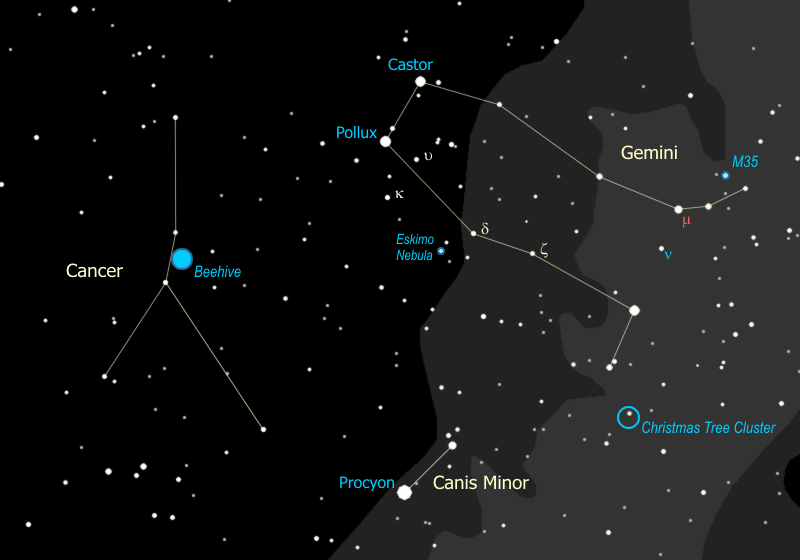
| M35 is easy to see in binoculars | The Christmas Tree is upside down (North is up) |
 |
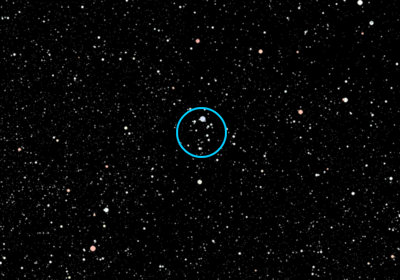 |
| Eskimo in Telescope - can you see his face? | What you're looking at (courtesy the Hubble Telescope) |
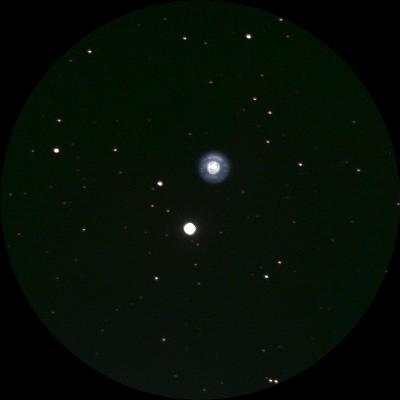 |
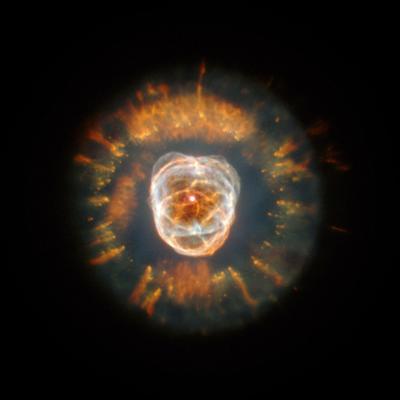 |
This is called a "planetary nebula", because the disk shape suggested the look of a planet to early astronomers. In fact it has nothing to do with planets at all. This is what's left of a red giant star which, a couple thousand years ago, did what all red giants eventually do. When the fuel at the core runs so low that the nuclear reactions can no longer hold up the weight of the star, it all collapses in to the center, which in turn raises the temperature so high that the star blows off its outer envelope of gases, losing much of its mass. This exposes the core to outer space, or, more accurately, exposes outer space to the core. The intense radiation from the white-hot core causes the expanding shell of gas to light up like a neon light, and voila -- the faintly glowing disk that you see here. That little disk is about 3,000 light years away and 3 light years across - the diameter of it would reach nearly from here to Alpha Centauri.
I once heard planetary nebulae described as the wreaths that Nature places around dying stars.
As the earth goes around the sun, this motion means that every day we look back at the sun in a slightly different direction, with different stars behind it. The sun appears to move through the constellations. Theoretically there are twelve constellations through which the sun moves, one per month, and these are the Zodiac constellations. In reality there is a 13th constellation through which the sun passes (technically at least) and it gets no credit for being in the Zodiac - Ophiuchus. Because the path of the sun is also the plane of our solar system, the planets are also found on or very close to this path as well, so the line along which the sun travels has its own special name - it's called the "ecliptic".
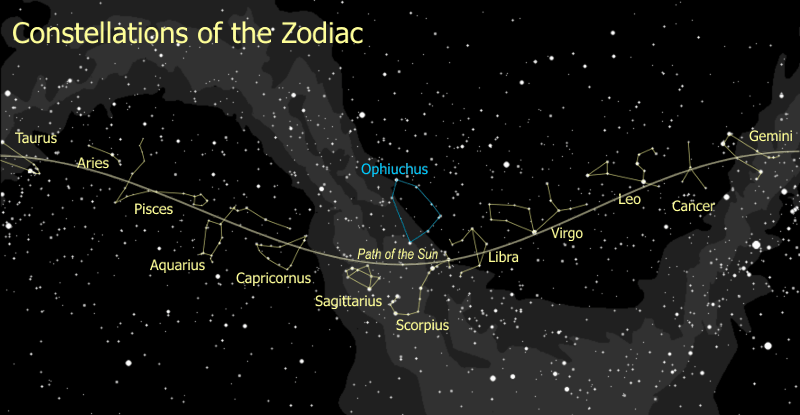
| The Beehive is so big you can see it just by looking |
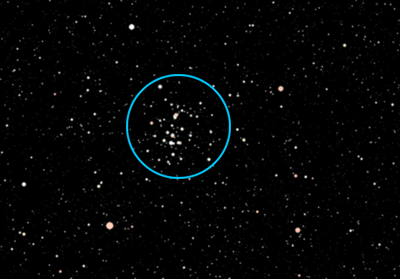 |
 Back to Auriga
Back to Auriga
|
 Go to Spring Index
Go to Spring Index
|
 On to Hydra
On to Hydra
|
Your questions and comments regarding this page are welcome.
You can e-mail Randy Culp for inquiries,
suggestions, new ideas or just to chat.
Updated 19 July 2019